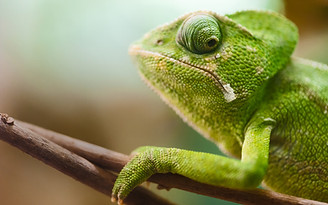
DIGITAL ISLAND
PEIRA'S RESEARCH EXPEDITION
Mission 4


Hey! Here are some tools that can help you:
Explorers,
You are doing great at the island: you created a shelter to protect yourselves from weather and found enough fresh water to drink. Now, it is time to start with your exploration mission. You are close to an area with lots of different animals, both
terrestrial and aquatic. You should learn about them and try to classify them so that we can compare them to the fauna in
other parts of the world. Become an expert on animals and take notes in your field
notebook.
First Task
1. What is the difference between vertebrate and invertebrate animals?
2. Which are the five groups in which vertebrate animals can be classified?
3. How can animals be classified according to their reproduction?
4. How can animals be classified according to what they eat?
5. How do vertebrate animals breathe?
6. How is the body in vertebrate animals covered?
7. Complete the chart with ideas from the previous questions:
Second Task
8. Which are the types of mammals? Explain their characteristics.
9. Which are the types of birds? Explain their characteristics.
10. How can we classify reptiles? Explain the characteristics of each group.
11. Explain the two types of fish and their differences.
12. Explain the two types of amphibians and their differences.
13. What is metamorphosis?
Third Task
14. Which are the six groups in which invertebrate animals are classified?
15. Explain the characteristics of sponges. Draw a pictur ethat shows how they eat.
16. What are cnidarians? What are their characteristics?
17. How can worms be distinguished from other invertebrate animals?
18. Explain the characteristics and types of mollusks.
19. What is the main characteristic of equinoderms? Give two examples.
20. Explain the characteristics of arthropods.
21. Complete the chart about the types of arthropods and their characteristics.
FINAL TASK
Now that you know lots of things about animals, organise that information in two mind maps:
-
Create a mind map showing all the groups and subgroups in which vertebrate animals can be divided.
-
Add the vertebrate animals you found at the island.
-
Create a mind map showing all the groups and subgroups in which invertebrate animals can be classified.
-
Add the invertebrate aniamls you found at the island.